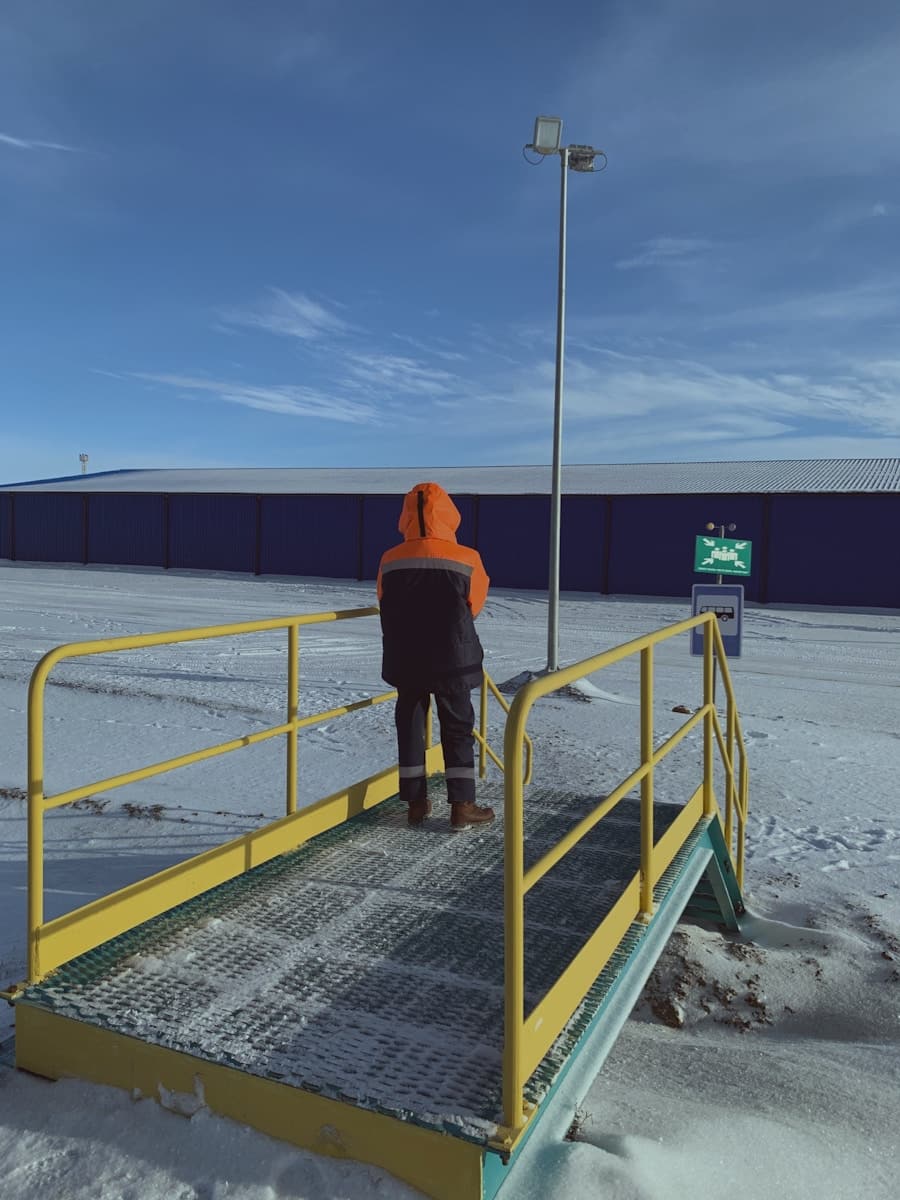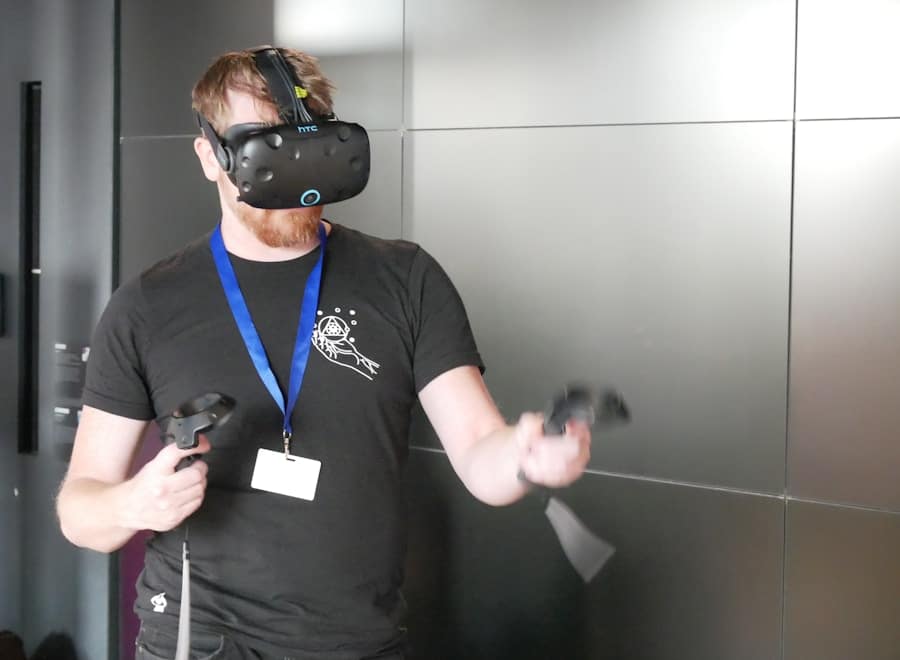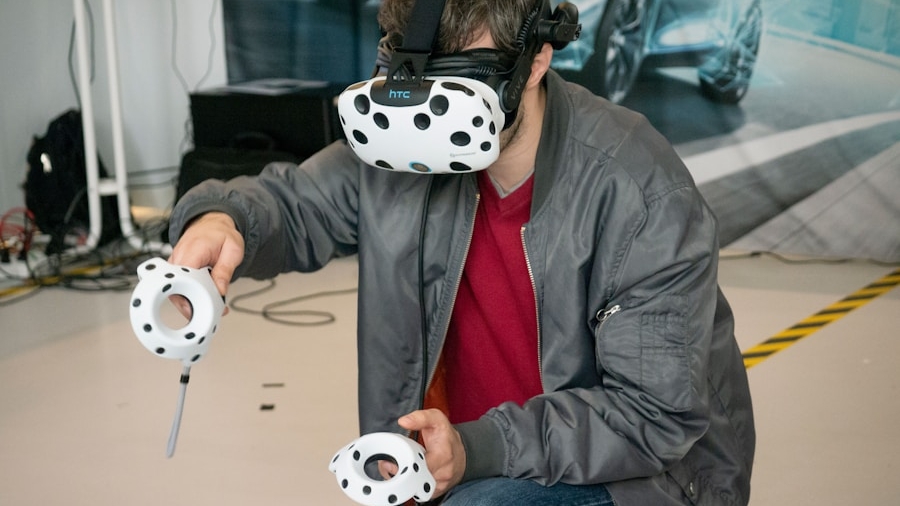Virtual Reality (VR) has emerged as a transformative technology across various sectors, particularly in the realm of hazard simulations. By immersing users in a computer-generated environment, VR allows individuals to experience and interact with scenarios that may be too dangerous, costly, or impractical to replicate in real life. This innovative approach to training and education is particularly valuable in industries where safety is paramount, such as construction, healthcare, and emergency response.
The ability to simulate hazardous situations in a controlled environment not only enhances learning but also prepares individuals to respond effectively when faced with real-world challenges. The concept of VR hazard simulations is rooted in the need for effective training methods that can bridge the gap between theoretical knowledge and practical application. Traditional training methods often rely on lectures, videos, or static demonstrations, which may not adequately prepare individuals for the complexities of real-life situations.
In contrast, VR provides an interactive platform where users can engage with their surroundings, make decisions, and witness the consequences of their actions in real time. This experiential learning approach fosters a deeper understanding of safety protocols and hazard recognition, ultimately leading to improved outcomes in high-stakes environments.
Key Takeaways
- VR hazard simulations provide a safe and immersive environment for training and preparing for real-life hazardous situations.
- Using VR for hazard simulations can improve learning outcomes, increase retention, and reduce training costs.
- VR allows for the creation of realistic scenarios and environments, enhancing the effectiveness of hazard simulations.
- VR hazard simulations offer opportunities for hands-on training and education in various industries, including emergency response and industrial safety.
- VR can enhance safety protocols and procedures by allowing users to practice and refine their responses to hazardous situations in a controlled virtual environment.
Benefits of Using VR for Hazard Simulations
Safety First: Reducing the Risk of Physical Harm
One of the most significant advantages of utilizing VR for hazard simulations is the ability to create a safe learning environment. Trainees can encounter potentially dangerous situations without the risk of physical harm. For instance, firefighters can practice battling blazes in a virtual building filled with smoke and obstacles, allowing them to hone their skills without the inherent dangers of a live fire.
Customizable Scenarios for Industry-Specific Training
This safety aspect not only reduces the likelihood of accidents during training but also encourages participants to engage more fully with the material, knowing they are not at risk. Moreover, VR simulations can be tailored to meet the specific needs of different industries and organizations. Customizable scenarios allow trainers to focus on particular hazards relevant to their field, whether it be chemical spills in a laboratory setting or machinery malfunctions on a construction site.
Accommodating Diverse Learning Styles
This level of specificity ensures that trainees are not only familiar with general safety practices but are also well-versed in the unique challenges they may face in their respective environments. Additionally, VR can accommodate various learning styles, providing visual, auditory, and kinesthetic experiences that cater to a diverse range of trainees.
Realistic Scenarios and Environments in VR

The effectiveness of VR hazard simulations largely hinges on the realism of the scenarios and environments created within the virtual space. Advanced graphics and sound design play crucial roles in immersing users in lifelike experiences that closely mimic real-world conditions. For example, a VR simulation designed for an oil rig worker might include realistic sounds of machinery, visual cues such as fluctuating weather conditions, and even the sensation of movement as the platform sways.
Such attention to detail enhances the training experience by making it more relatable and engaging. Furthermore, the incorporation of haptic feedback technology can elevate the realism of VR simulations even further. Haptic devices provide tactile sensations that simulate physical interactions within the virtual environment.
For instance, when a trainee reaches out to grab an object or manipulate equipment in a simulation, they can feel resistance or vibrations that correspond to their actions. This sensory feedback reinforces learning by creating a more immersive experience that closely resembles real-life interactions, thereby improving retention and skill acquisition.
Training and Education Opportunities with VR Hazard Simulations
VR hazard simulations offer a plethora of training and educational opportunities across various sectors. In healthcare, for instance, medical professionals can practice surgical procedures or emergency response techniques in a risk-free environment. By simulating complex surgeries or critical care scenarios, trainees can refine their skills and decision-making abilities without jeopardizing patient safety.
This hands-on experience is invaluable for building confidence and competence before entering high-pressure situations in real life. In addition to technical skills training, VR can also facilitate soft skills development, such as communication and teamwork. Many hazardous situations require effective collaboration among team members to ensure safety and success.
VR simulations can be designed to include group scenarios where participants must work together to solve problems or respond to emergencies. This collaborative aspect not only enhances individual skills but also fosters a sense of camaraderie and teamwork among trainees, which is essential in high-stakes environments.
Enhancing Safety Protocols and Procedures with VR
The integration of VR into hazard simulations extends beyond mere training; it also plays a pivotal role in enhancing safety protocols and procedures within organizations. By allowing employees to experience potential hazards firsthand, companies can identify gaps in their existing safety measures and make informed adjustments. For example, if a simulation reveals that workers are consistently overlooking certain safety equipment or protocols during a crisis scenario, organizations can address these issues through targeted training or procedural changes.
Moreover, VR simulations can serve as valuable tools for conducting safety drills and assessments. Organizations can use these simulations to evaluate employee responses to various emergency situations, providing insights into areas where additional training may be necessary. This proactive approach not only improves overall safety but also cultivates a culture of continuous improvement within the organization.
Employees become more aware of potential hazards and are better equipped to handle emergencies when they arise.
Industry Applications of VR Hazard Simulations

Construction Industry Applications
In construction, workers can engage in simulations that replicate job site hazards such as falls from heights or equipment malfunctions. By experiencing these scenarios virtually, workers gain valuable insights into risk management and safety practices that can be applied on actual job sites.
Aviation Industry Applications
In the realm of aviation, VR hazard simulations are increasingly being utilized for pilot training and air traffic control education. Pilots can practice navigating adverse weather conditions or emergency landings without leaving the ground. Similarly, air traffic controllers can engage in complex scenario-based training that enhances their decision-making skills under pressure.
Enhancing Industry Safety
These applications not only improve individual competencies but also contribute to overall industry safety by ensuring that personnel are well-prepared for unexpected challenges.
Challenges and Limitations of VR in Hazard Simulations
Despite its many advantages, the implementation of VR hazard simulations is not without challenges and limitations.
While prices have decreased over time, creating realistic simulations still requires substantial investment in technology and expertise.
Smaller organizations may find it difficult to allocate resources for such initiatives, potentially limiting access to this valuable training tool. Another challenge lies in ensuring user comfort during VR experiences. Some individuals may experience motion sickness or discomfort while using VR headsets, which can hinder their ability to engage fully with the training material.
Developers must prioritize user experience by designing simulations that minimize discomfort while maximizing immersion. Additionally, there is a need for ongoing research into best practices for VR training to ensure that it remains effective across diverse populations and settings.
Future Developments and Innovations in VR Hazard Simulations
As technology continues to evolve, the future of VR hazard simulations holds exciting possibilities for enhanced training experiences. One area poised for growth is the integration of artificial intelligence (AI) into VR simulations. AI could enable dynamic scenarios that adapt based on user performance, providing personalized feedback and challenges tailored to individual skill levels.
This adaptability would enhance learning outcomes by ensuring that trainees are consistently engaged and challenged throughout their training journey. Furthermore, advancements in hardware technology may lead to more accessible and affordable VR solutions for organizations of all sizes. As headsets become lighter, more comfortable, and less expensive, wider adoption of VR hazard simulations is likely to occur across various industries.
Additionally, cloud-based platforms could facilitate remote training opportunities, allowing organizations to implement VR simulations without the need for extensive on-site infrastructure. In conclusion, the potential for VR hazard simulations to revolutionize training and education is immense. As industries continue to recognize the value of immersive learning experiences, we can expect ongoing innovations that will further enhance safety protocols and prepare individuals for real-world challenges with unprecedented effectiveness.
An interesting related article to explore is “The Best Laptop for Architects” from enicomp.com.
Having the right laptop with powerful specifications can enhance the overall experience and realism of the simulations, making them more effective for training and preparedness purposes.
FAQs
What is VR?
VR stands for virtual reality, which is a computer-generated simulation of an environment that can be interacted with in a seemingly real or physical way by a person using special electronic equipment, such as a helmet with a screen inside or gloves fitted with sensors.
How is VR used in creating hazard simulations?
VR is used in creating hazard simulations by allowing users to experience and interact with realistic scenarios in a controlled virtual environment. This can be used for training purposes, emergency response planning, and risk assessment.
What are the benefits of using VR for hazard simulations?
Using VR for hazard simulations allows for a safe and controlled environment for training and testing emergency response procedures. It also provides a realistic and immersive experience for users, which can improve their ability to respond to real-life hazards.
What are some examples of hazard simulations that can be created using VR?
Hazard simulations using VR can include scenarios such as fire drills, natural disasters like earthquakes or floods, chemical spills, and industrial accidents. These simulations can be tailored to specific environments and hazards to provide targeted training and preparation.
Are there any limitations to using VR for hazard simulations?
Some limitations of using VR for hazard simulations include the cost of equipment and software, the need for technical expertise to create and maintain simulations, and the potential for simulation sickness in some users. Additionally, VR simulations may not fully replicate the physical sensations of real hazards.

